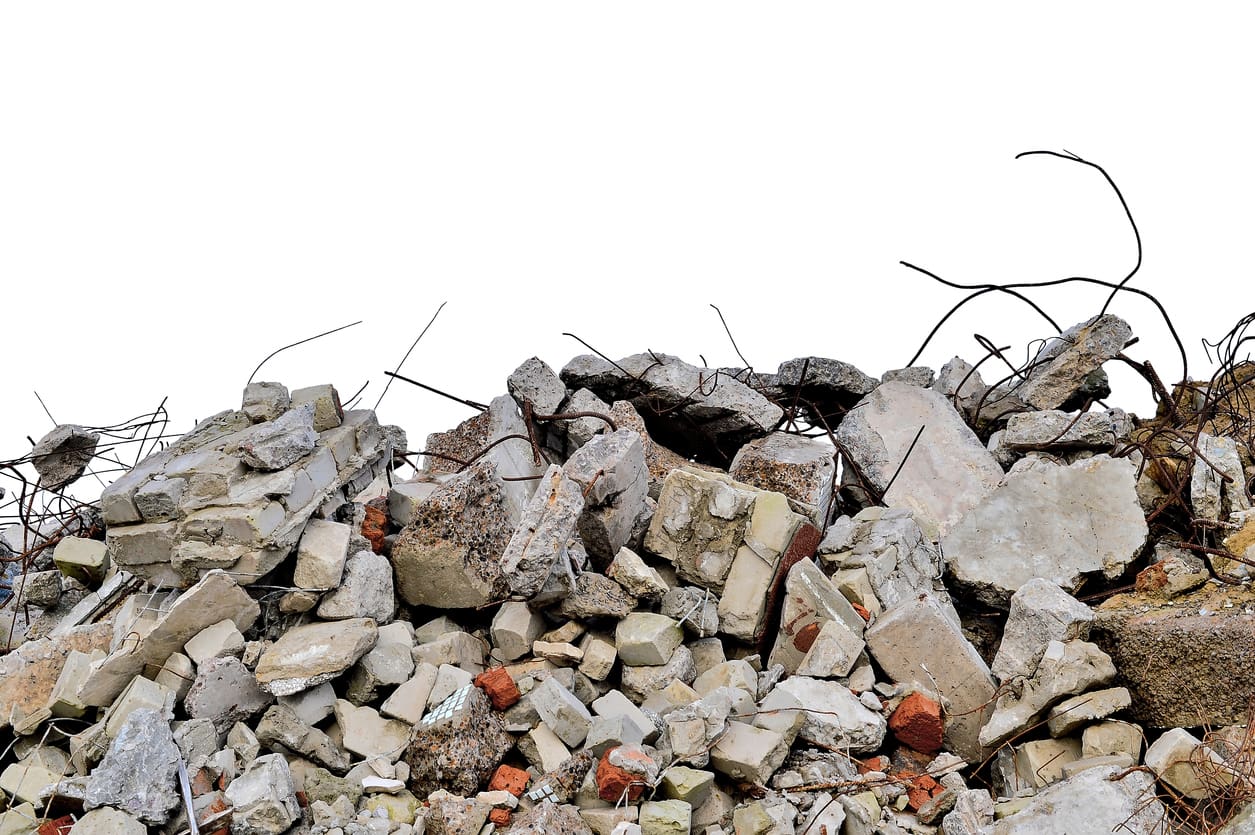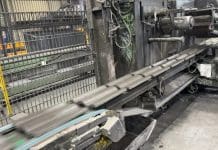Construction and demolition waste has averaged 480m tonnes annually since 2012 in the US alone. Ibon Iribar of Cemex Ventures argues that the best way to tackle waste to promote the recycling of materials, leading to a circular economy in the industry
The construction industry has long been one of the world’s biggest producers of waste, accounting for 30% to 40% of the global solid waste stream in 2022.
What’s more, according to a report by PwC, buildings and infrastructure consume more than 40% of the world’s primary resources, accounting for just under 40% of global greenhouse gas emissions (UNEP 2022).
But the industry is under the microscope as it battles becoming greener and keeping up with increased demand. The same report reveals that new buildings that make up an area comparable to the size of Paris are constructed every week.
However, much of the waste generated from construction comes from a particular stage of the construction cycle: the demolition phase. According to Greenbiz, building demolition is responsible for more than 90% of the 600m tonnes of construction-related waste generated in the United States each year.
Though the construction industry has made significant strides in recycling waste, the Environmental Protection Agency reports that the industry is still sending at least 145m tonnes of waste to landfills each year.
This is particularly harmful for the atmosphere. As certain materials decompose, they send carbon dioxide and other greenhouse gasses into the air, on top of the substantial carbon emissions generated during building operations.
One promising way to minimize waste from construction and demolition is establishing a circular economy, in which construction materials are continuously recycled and reused for new purposes and projects. In addition to dramatically reducing construction’s carbon footprint, circularity stands to decrease energy consumption as well as the industry’s reliance on raw materials, producing a sustainable business model that acknowledges the increasing limitations of natural resources.
Why circularity?
For many years, the construction industry has operated under a linear economy model of “take, make, waste”.
Construction companies continuously “take” raw materials from the environment and turn them into construction materials to “make” finished products (buildings, homes, etc).
The “waste” stems from the fact that buildings are usually designed without their end-of-life stage in mind, and the materials are selected and handled in a way that minimises opportunities for reuse.
The construction industry’s continuous reliance on raw materials for new projects is a major contributor to global material shortages. Also, the “take, make, waste” model is far from cost-effective, running up considerable expense associated with raw material extraction, processing, transportation and eventual disposal.
Building a circular economy
Construction companies can build circular models by changing their approaches throughout various stages in the construction process.
Many such companies are looking for solutions like CO2 mineralisation and other ways to identify new waste streams, separate and automate construction and demolition waste faster, and digitise the waste removal process.
During the planning and design phases, architects and developers can map out buildings in a way that makes them easier to disassemble, which ultimately makes it easier to extract parts and materials for reuse.
Moreover, they can use new software tools to conduct Building Lifecycle Analyses to evaluate the environmental impact of buildings, or easily choose from recycled and more eco-friendly building materials.
Designing buildings in this manner allows companies to reuse and repurpose materials and consider the sustainability of a build from the onset.
For example, some of the most common building materials, such as concrete and steel, can be reused in a variety of different ways. Building components can be reused the same way they were used the first time or reconstituted into other raw materials for industrial products.
Another key component of a circular economy is partnering with the right recycling company. Due to the urgent need for more effective recycling and waste management in construction, there are plenty of young companies offering new and innovative ways to recycle and reuse construction waste.
For instance, some recycling companies specialise in turning rubble and debris into aggregates for the production of new concrete or cement.
Others focus on breaking down used drywall into fertiliser, or repurposing used wood into particle boards, pallets and mulch for the protection of soil. The point is, there is no shortage of partners out there that are capable of turning waste into recycled resources.
When searching for recycling partners, construction companies should consider partnering with start-ups, even those that seem relatively new. These companies are agile and hungry to put their innovations to work, and they usually are the ones taking chances on the latest recycling innovations.
The gold standard of recycling construction materials
Circularity stands to transform the traditional construction business model by giving companies a much simpler, greener and more cost-effective way to obtain and use vital materials.
Eventually, the recycling and reuse of construction materials could become a gold standard within the industry but in the meantime, the technologies to create a more circular construction economy are ready for the taking!














